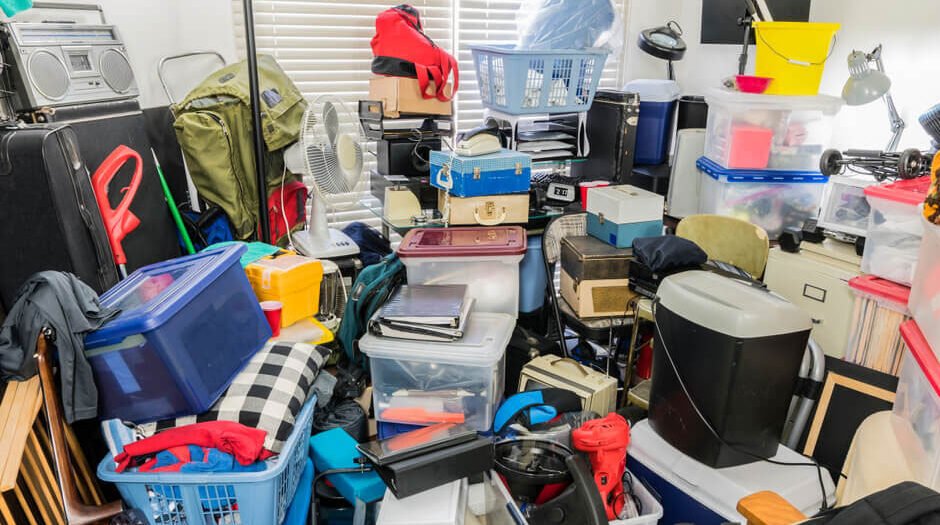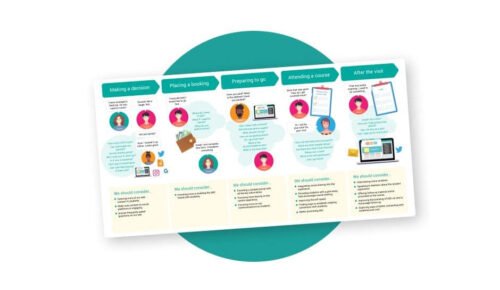Hoarding disorder is a complex mental health condition that affects millions of people worldwide. Characterized by an overwhelming need to save items and extreme difficulty in discarding them, hoarding can lead to significant distress and impairment in daily functioning.
While the accumulation of possessions may seem harmless at first, over time, it can result in unsanitary living conditions, strained relationships, and even serious health risks. Understanding this mental health issue is crucial for recognizing its impact on mental health and developing effective strategies to manage it.
Hoarding disorder is defined by the persistent difficulty in discarding or parting with possessions, regardless of their actual value. Individuals with hoarding disorder experience intense anxiety at the thought of getting rid of items, leading them to accumulate a large number of possessions that often clutter their living spaces. Unlike collectors, who organize and take pride in their collections, people with hoarding disorder may not have a clear organizational system, and their hoarded items often include things of little or no value.
The disorder can affect anyone, regardless of age, gender, or socioeconomic status, though it most commonly begins in adolescence or early adulthood. Over time, the condition typically worsens, making it increasingly difficult for individuals to live a normal, healthy life. Hoarding disorder is now recognized as a distinct mental health condition in the Diagnostic and Statistical Manual of Mental Disorders (DSM-5), which underscores the importance of addressing it with appropriate care and attention.
Recognizing the Symptoms
Recognizing the symptoms of hoarding disorder is the first step toward understanding and managing the condition. Common symptoms include:
- Accumulation of a large number of items: The hoarded items often include things of little or no practical use, such as old newspapers, clothes, or broken appliances.
- Cluttered living spaces: The accumulation of possessions can lead to cluttered and unsanitary living conditions, making it difficult to move around the home or use rooms for their intended purposes.
- Indecisiveness: People with hoarding disorder often struggle with making decisions, particularly when it comes to discarding items.
- Emotional attachment to possessions: Individuals may form strong emotional attachments to their belongings, viewing them as extensions of themselves or as a source of comfort.
- Social isolation: The embarrassment and shame associated with hoarding can lead to social withdrawal and isolation, further exacerbating mental health issues.
The Impact on Mental Health
Hoarding disorder can have a profound impact on an individual’s mental health and overall well-being. The disorder is often accompanied by feelings of anxiety, depression, and guilt as individuals struggle with the consequences of their hoarding behaviors. The clutter and disorganization in their living spaces can create a sense of chaos and overwhelm, making it difficult to focus on daily tasks or engage in meaningful activities.
In severe cases, hoarding can lead to health hazards, such as fire risks, mold growth, and infestations, which can further deteriorate the individual’s physical and mental health. The strain on relationships with family members and friends is another significant consequence, as loved ones may struggle to understand or cope with the hoarding behaviors.
Strategies for Managing Hoarding Disorder
Managing hoarding disorder requires a multifaceted approach that addresses both the psychological and practical aspects of the condition. Some strategies for managing hoarding disorder include:
- Seeking Professional Help: Cognitive-behavioral therapy (CBT) is one of the most effective treatments for hoarding disorder. CBT helps individuals identify and challenge the thoughts and beliefs that contribute to their hoarding behaviors and develop healthier coping mechanisms.
- Gradual Decluttering: A gradual, systematic approach to decluttering can help individuals manage their hoarding behaviors without overwhelming them. Setting small, achievable goals and celebrating progress can build confidence and motivation.
- Support Groups: Joining a support group for hoarding disorder can provide individuals with a sense of community and understanding. Sharing experiences and learning from others who are facing similar challenges can be a valuable source of encouragement and support.
- Involving Loved Ones: Family and friends can play a crucial role in supporting individuals with hoarding disorder. Open communication, patience, and understanding are key to helping loved ones navigate the challenges of hoarding disorder.
Knowing the causes, symptoms, and consequences of hoarding is essential for developing effective strategies to manage the condition.








































































































